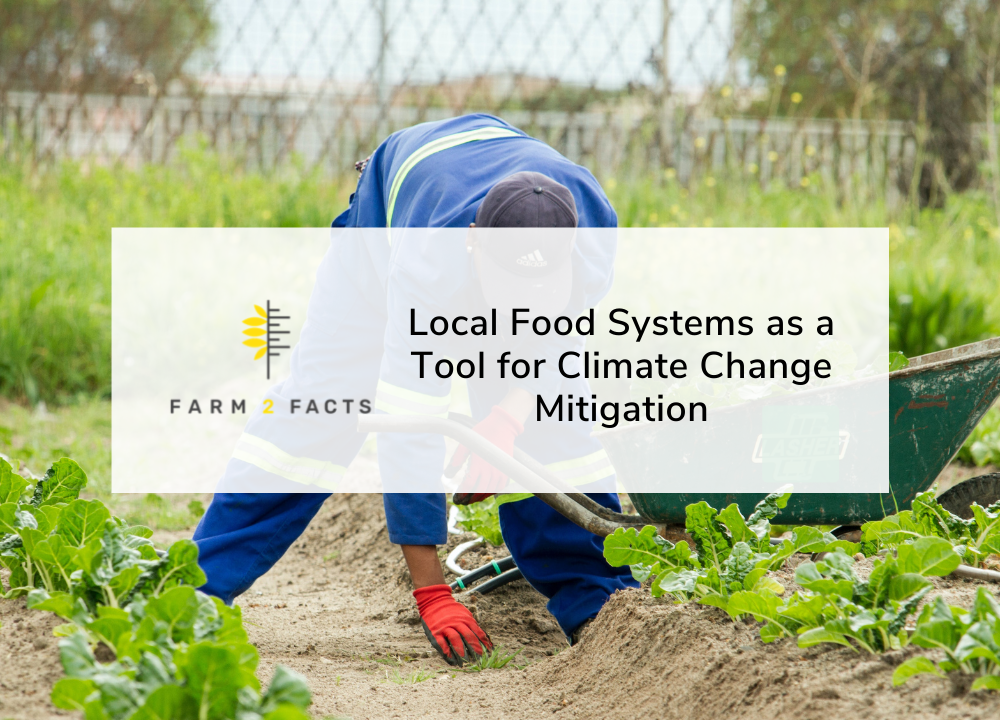
The current global food system is responsible for about 30% of total greenhouse gas (GHG) emissions each year. Luckly, studies have shown that, if managed properly, our food systems have the potential to produce net negative emissions (uptake of CO2, rather than release). These statistics are significant because they prove that how we manage our food systems presents an integral medium of opportunity through which to mitigate the Climate Crisis. But how exactly do we bring about the revolutionary change in production and consumption needed to do this?
If you have ever had the pleasure of walking through a farmer’s market, it’s likely that you marveled at how fresh the bell peppers looked, were pleasantly surprised at the price of spinach, and felt satisfied as you placed your money directly in the hands of a local farmer. Most consumers prefer to purchase local, fresh, affordable food, but the benefits go beyond the consumer experience.
Smaller-scale, local farmers are more likely and better equipped to implement environmentally sustainable practices. When farmers use sustainable practices, it not only helps mitigate climate change but produces a whole host of ecosystem services that nurture the health of local environments and improve the resilience of local food systems. Farmers also make a greater profit per unit selling directly to consumers than through supply chains, which is another incentive of smaller-scale farming practices.
The abolishment of supply chains removes the associated GHG emissions and food waste. On average, one-third of the edible parts of food produced for human consumption each year is wasted. Markets are a great place to sell excess produce, reducing food waste on the producer side, and their periodic nature encourages more intentional consumption on the consumer side, minimizing consumer food waste. Additionally, local markets have been shown to foster community development and strengthen connection to place, resulting in a robust market system that centers human and environmental connection, rather than profit.
Farmer’s markets present a wide range of solutions to the problems created by a globalized food system. In order to capitalize on this momentum, it’s crucial to support the markets that already exist, as well as create space for new markets to emerge. This involves advocating for policies that direct resources to markets and deregulate space, being a conscious and intentional consumer when you can, and sharing your excitement for local food systems with those around you!
By providing a medium through which to quantitatively assess market operations, Farm 2 Facts is helping managers and local municipalities make informed decisions on how to optimize the benefits of their market. Data collected from a coalition of markets can be used to inform policy decisions at state and federal levels that support the infrastructure needed to localize our food systems. Targeted metrics, such as the Ecosystem Services metric currently being developed at Farm 2 Facts, incentivize sustainable production practices by allowing consumers to make more informed, and therefore intentional, purchasing decisions. Farm 2 Facts wants to create a mechanism to highlight and celebrate all the amazing ways our farmer’s markets serve our communities and our planet.
